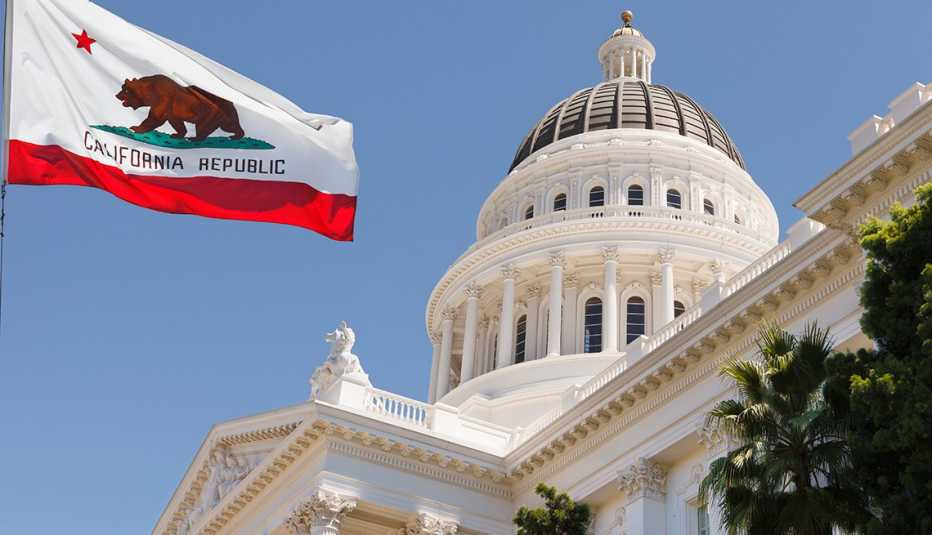GRI Introduces a New Tool to Support Corporate Climate Action
GRI has introduced a new resource to support organisations in reporting on the implementation of the UN High-Level Expert Group recommendations. The tool provides a structured connection between the HLEG checklist criteria and the relevant GRI Standards, serving as a practical reference for preparing climate-related disclosures.

Global Reporting Initiative (GRI) has launched the HLEG-GRI Corporate Climate Action tool to assist organisations in reporting on the implementation of the recommendations issued by the UN High-Level Expert Group on the Net-Zero Emissions Commitments of Non-State Entities (HLEG). The tool is grounded in the GRI Standards and is supported by a checklist that links each HLEG criterion to the corresponding disclosure requirements. According to GRI, the document serves as a practical reference for organisations seeking to present their climate-related commitments in a manner that is transparent, comparable and aligned with recognised international guidance.
Purpose and Structure of the Checklist
The checklist is based on the HLEG “for business” criteria and is designed to help organisations understand how specific recommendations correspond to relevant GRI disclosures. It provides a framework for reporting on net-zero pledges, transition planning, target-setting and progress on emissions reduction. The document outlines that Columns A to C reflect the criteria derived from the HLEG report “Integrity Matters”, Column D identifies the applicable GRI disclosures and Column E explains how these disclosures can be used to report on each recommendation. This structure enables organisations to navigate the alignment between HLEG expectations and the GRI Standards in a systematic way.

Source: HLEG-GRI Corporate Climate Action tool
Role of GRI Standards in Reporting on HLEG Recommendations
The HLEG recommendations set out ten practical measures intended to ensure the credibility of net-zero commitments and their alignment with limiting global temperature rise to 1.5°C. The GRI Standards focus on the impacts of an organisation on the economy, environment and people, offering a science-based framework for transparent disclosure. The checklist emphasises that using the GRI Standards to report on HLEG recommendations provides technical guidance for presenting GHG emissions information and supports accountability to investors and civil society.
According to the document, organisations are expected to prioritise all feasible technical and scientific actions to avoid and reduce GHG emissions across their value chains in line with the mitigation hierarchy. Removals can only be used to counterbalance residual emissions. For this reason, the new GRI 102 Climate Change Standard focuses on GHG emissions reduction targets and does not include a dedicated disclosure on net-zero. However, net-zero targets can be reported under GRI 102-1 Transition Plan as “other mitigation targets”, while GRI 102-4 covers gross GHG emissions reduction targets and progress.
Practical Application for Organisations
The tool provides organisations with a structured reference for understanding how the HLEG recommendations correspond to specific GRI disclosures. By linking each criterion of the HLEG checklist to the relevant requirements in the GRI Standards, it helps organisations apply a consistent approach when reporting on net-zero pledges, transition planning and the progress of emissions mitigation efforts. The accompanying explanations clarify how public pledges, interim targets, the alignment of transition plans with scientific guidance and the coverage of mitigation targets can be reported through the applicable GRI disclosures. This alignment supports organisations in presenting information on gross GHG emissions reduction targets and related actions in line with the mitigation hierarchy. As GRI notes, the tool is intended to serve as a practical reference for organisations preparing climate-related disclosures in accordance with recognised international frameworks.



